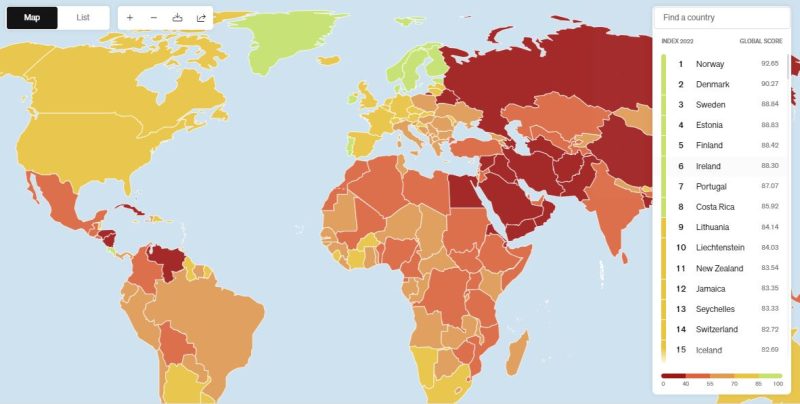
The Hague, the Netherlands
 From 2010 to 2014, 2.2% of the estimated proceeds of crime were provisionally seized or frozen, and 1.1% of the criminal profits were finally confiscated at EU level, according to a recent report penned by Europol’s Asset Recovery Unit, in cooperation with the Asset Recovery Offices of EU Member States. This report, the first of its kind, shows that the amount of money currently being recovered in the EU is only a small proportion of estimated criminal proceeds: 98.9% of estimated criminal profits are not confiscated and remain at the disposal of criminals. That means that around 50% of all provisionally seized/frozen assets are ultimately confiscated. This study also estimates that the annual value of provisionally seized/frozen assets in the EU is around EUR 2.4 billion, with about EUR 1.2 billion finally confiscated each year at EU level. Cross-border cooperation between law enforcement agencies and Europol to trace and identify criminal assets has significantly improved in recent years, with more than 1000 asset recovery investigations being carried out within the EU in 2015. Despite this increase and more effective cooperation, the final results in terms of confiscations are still modest, clearly showing that more work needs to be done, for example:
From 2010 to 2014, 2.2% of the estimated proceeds of crime were provisionally seized or frozen, and 1.1% of the criminal profits were finally confiscated at EU level, according to a recent report penned by Europol’s Asset Recovery Unit, in cooperation with the Asset Recovery Offices of EU Member States. This report, the first of its kind, shows that the amount of money currently being recovered in the EU is only a small proportion of estimated criminal proceeds: 98.9% of estimated criminal profits are not confiscated and remain at the disposal of criminals. That means that around 50% of all provisionally seized/frozen assets are ultimately confiscated. This study also estimates that the annual value of provisionally seized/frozen assets in the EU is around EUR 2.4 billion, with about EUR 1.2 billion finally confiscated each year at EU level. Cross-border cooperation between law enforcement agencies and Europol to trace and identify criminal assets has significantly improved in recent years, with more than 1000 asset recovery investigations being carried out within the EU in 2015. Despite this increase and more effective cooperation, the final results in terms of confiscations are still modest, clearly showing that more work needs to be done, for example:
- Strengthening of financial investigations at national level, in particular in relation to organised crime activities;
- Increased investment in resources and training;
- Collection of statistical information at central level, digitalisation of confiscation orders, creation of a register for seized/frozen/confiscated assets with information on location and value, to enhance tracing of assets in foreign countries;
- Collection of information on court decisions.
Nevertheless, EU Member States have shown a growing interest in identifying and quantifying the amount of seized and confiscated assets at the EU level, although it is challenging to give such a comprehensive picture, mainly due to the differences in the organisation and structure of the EU national agencies and between national legislations.





